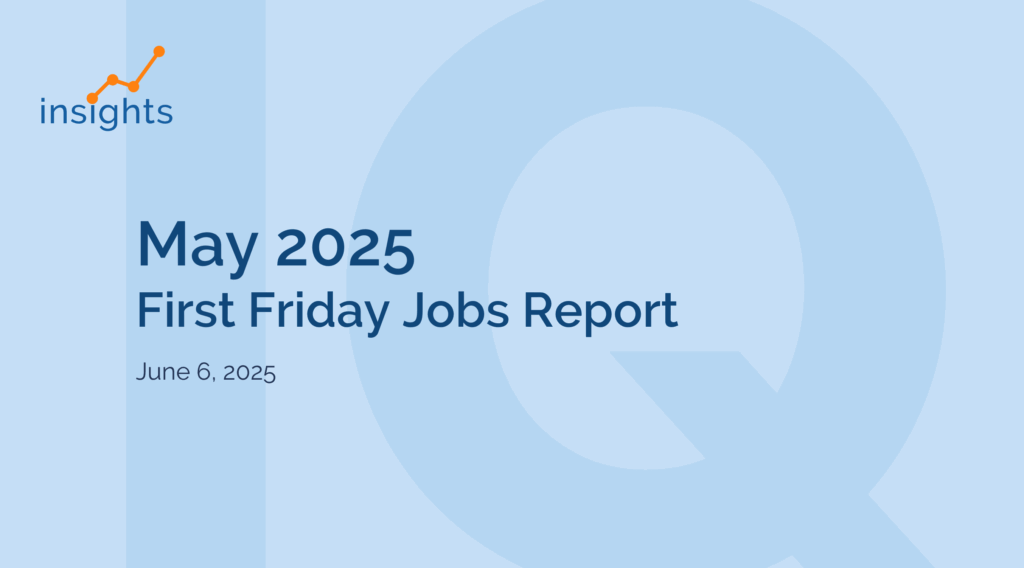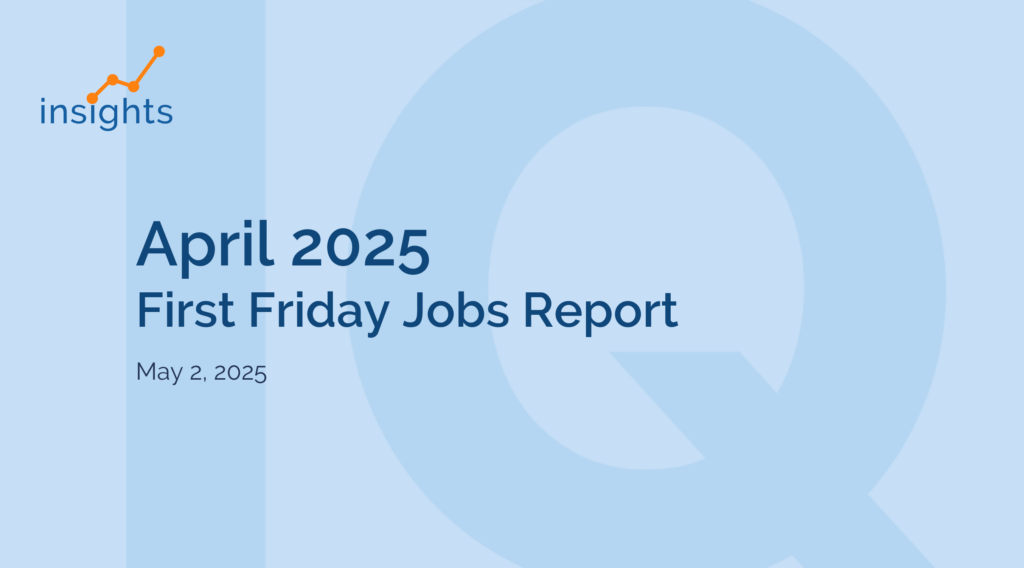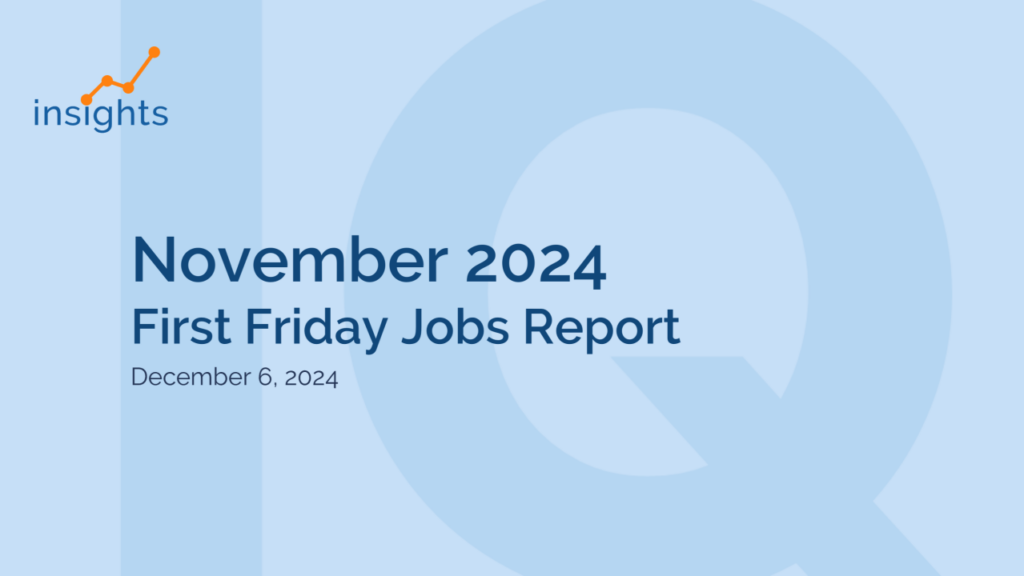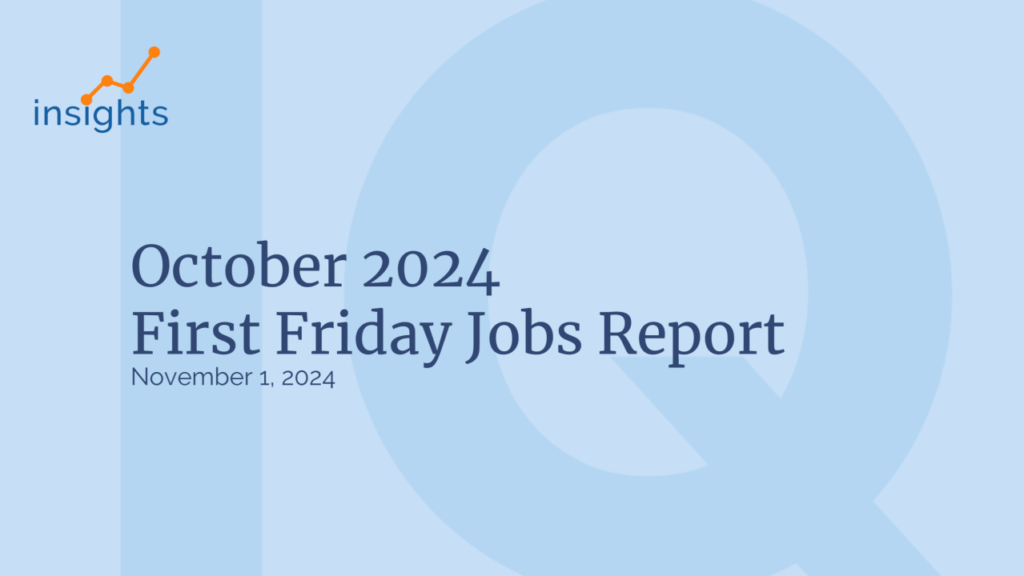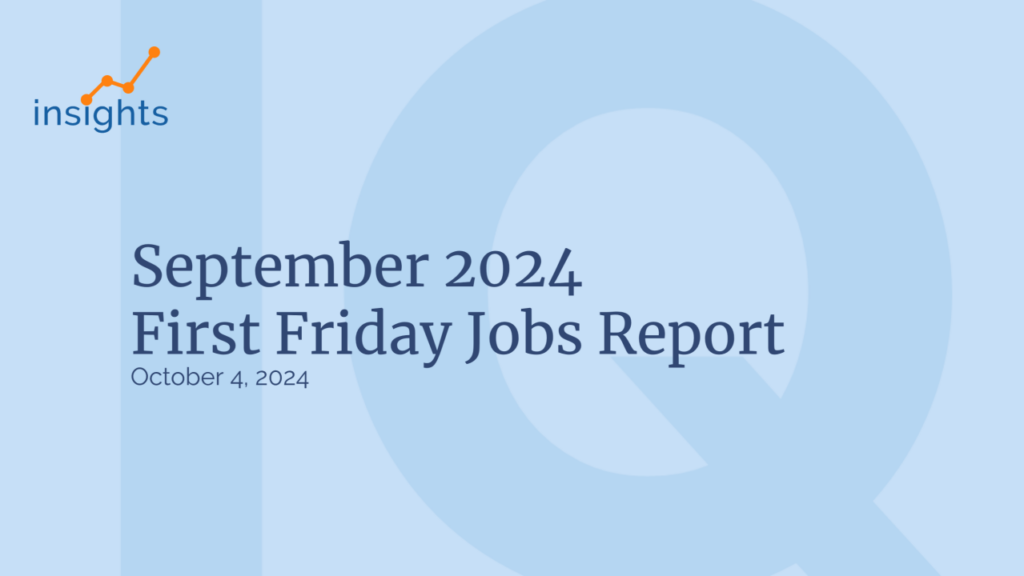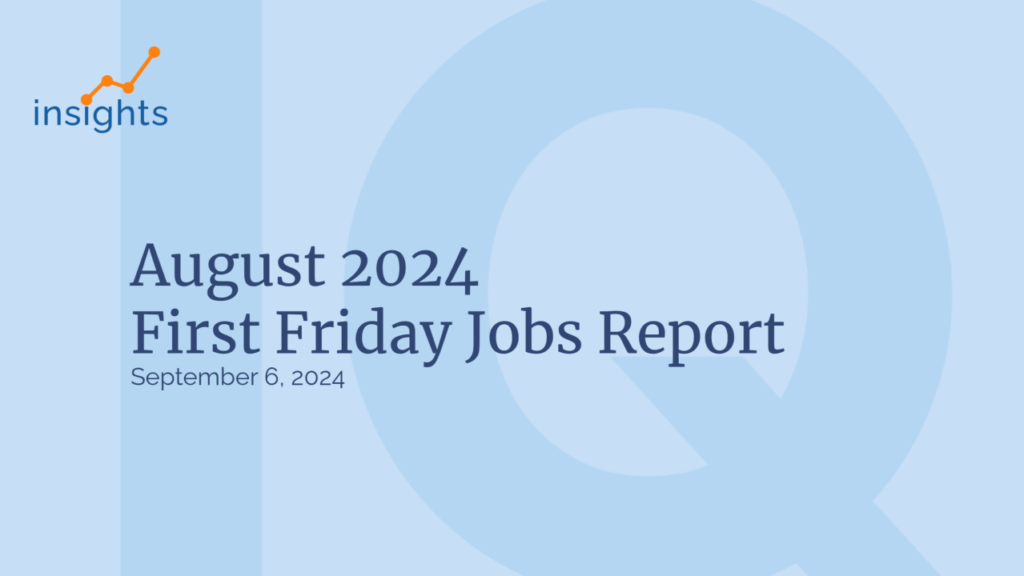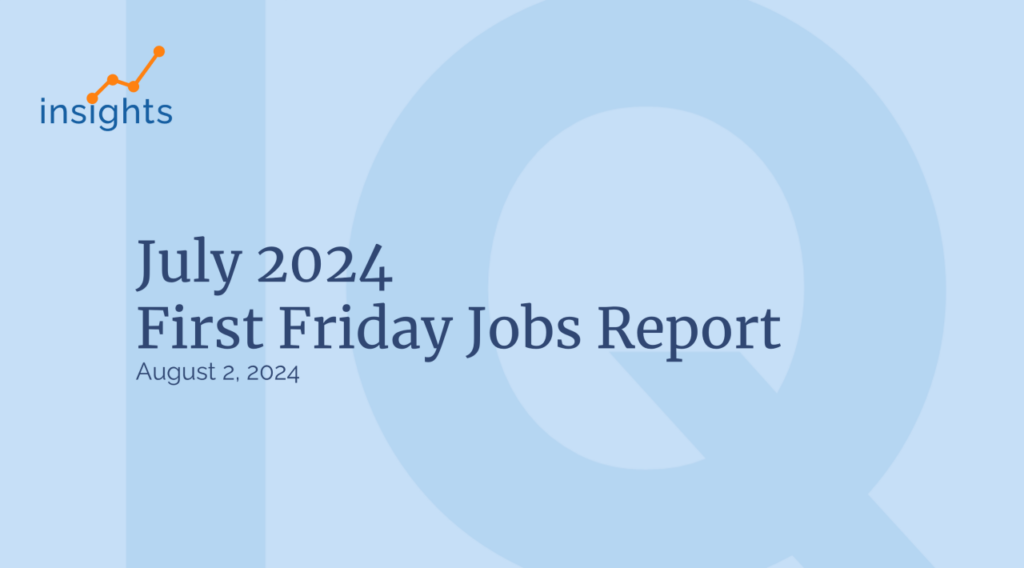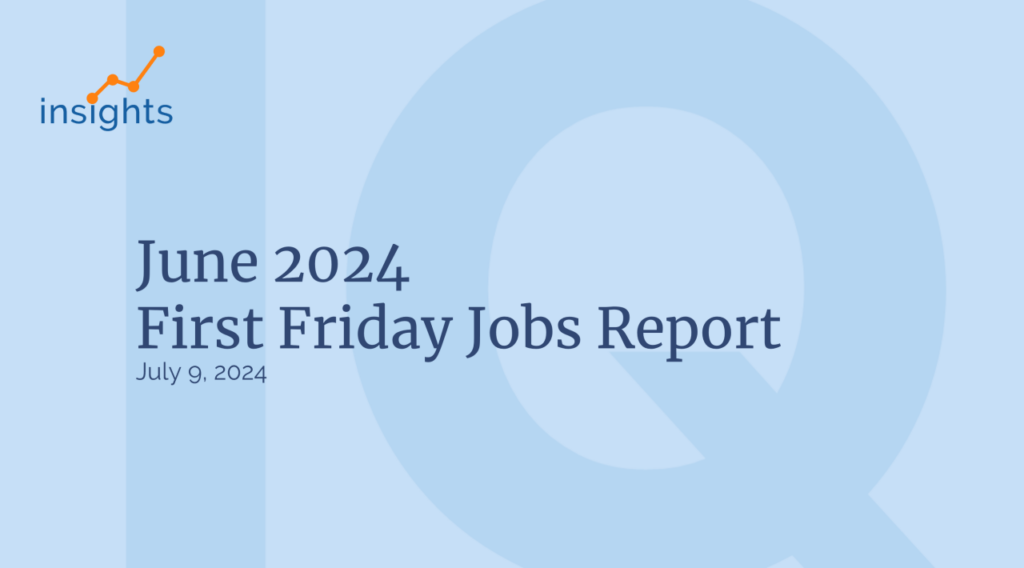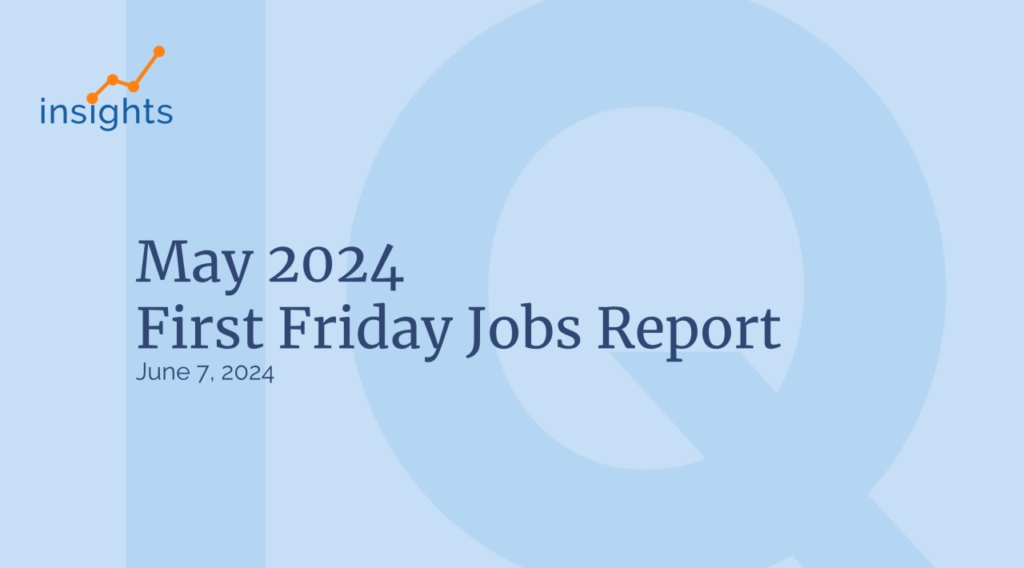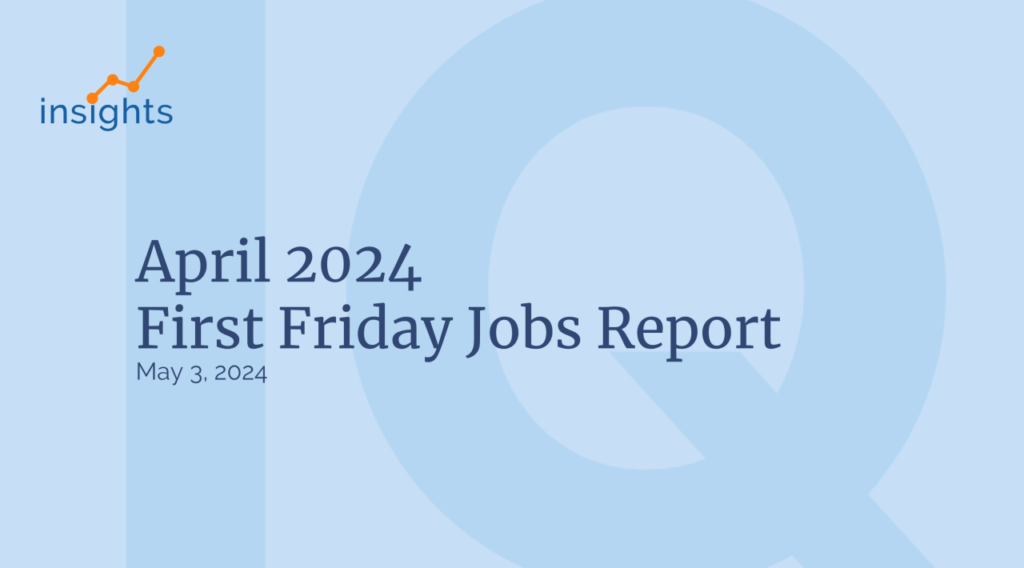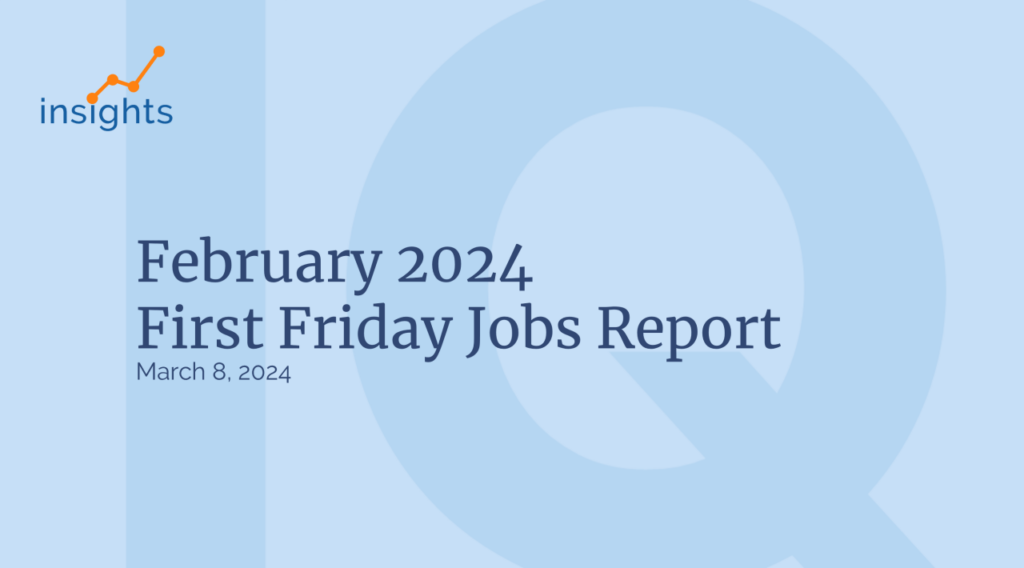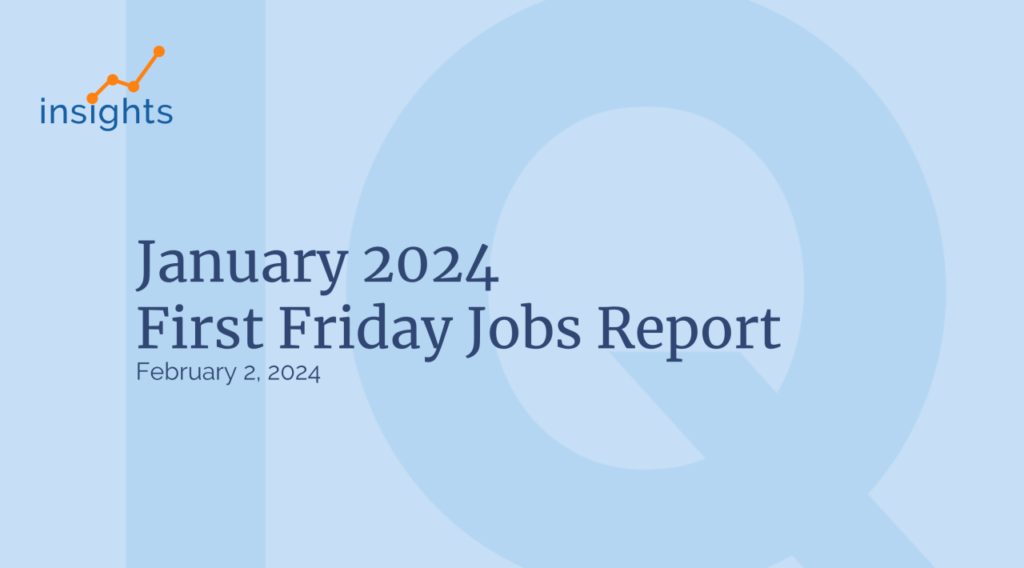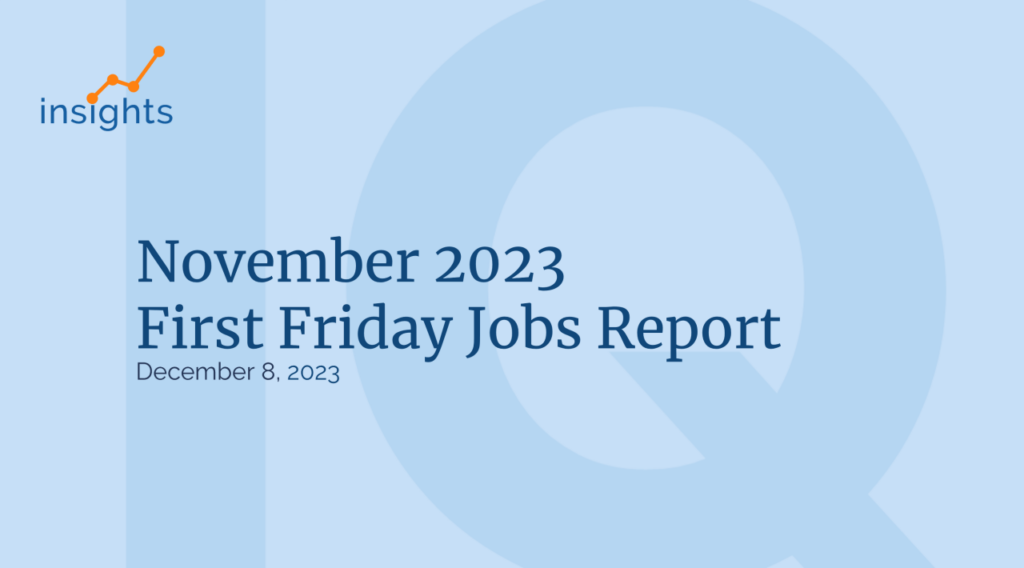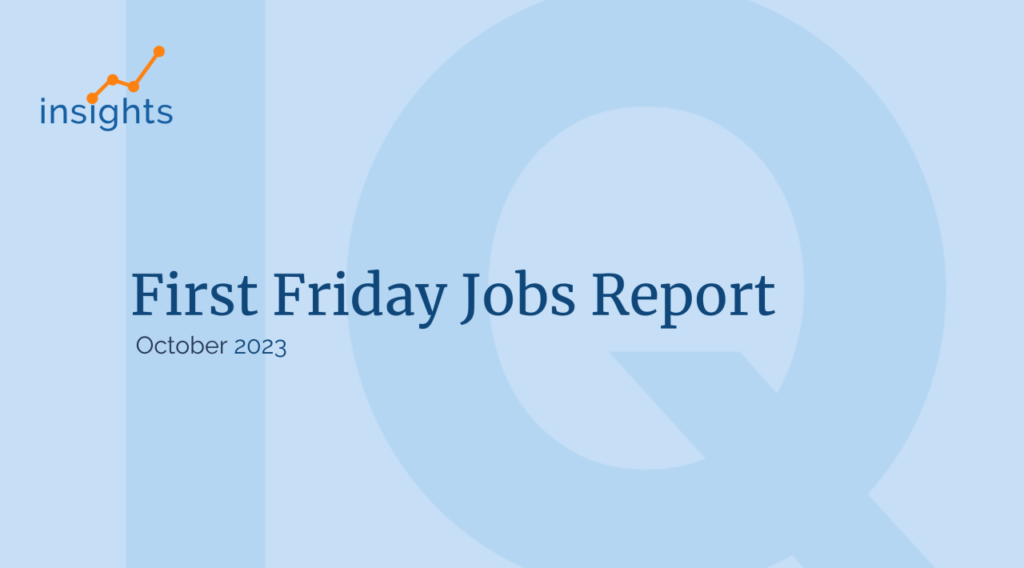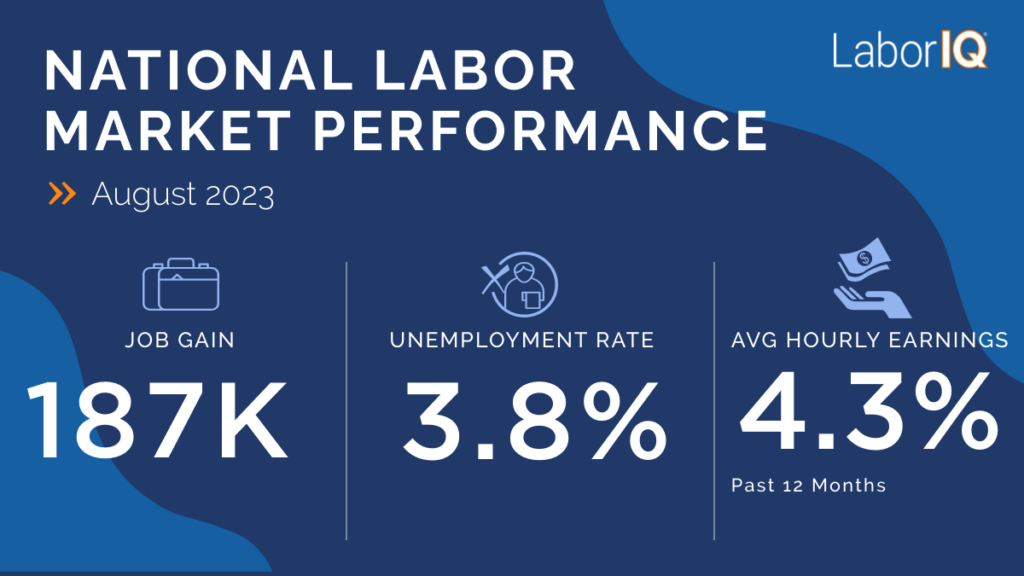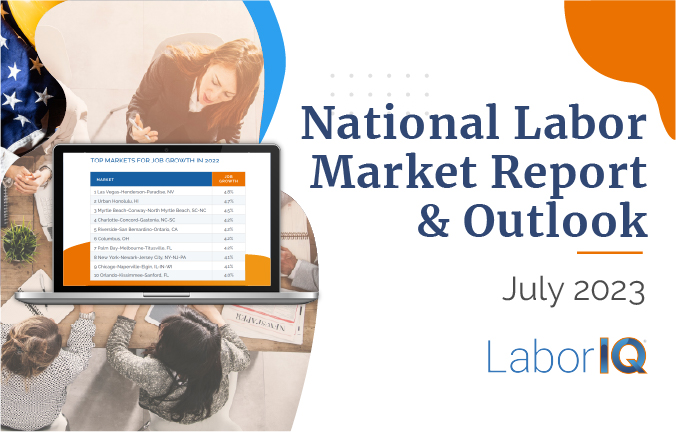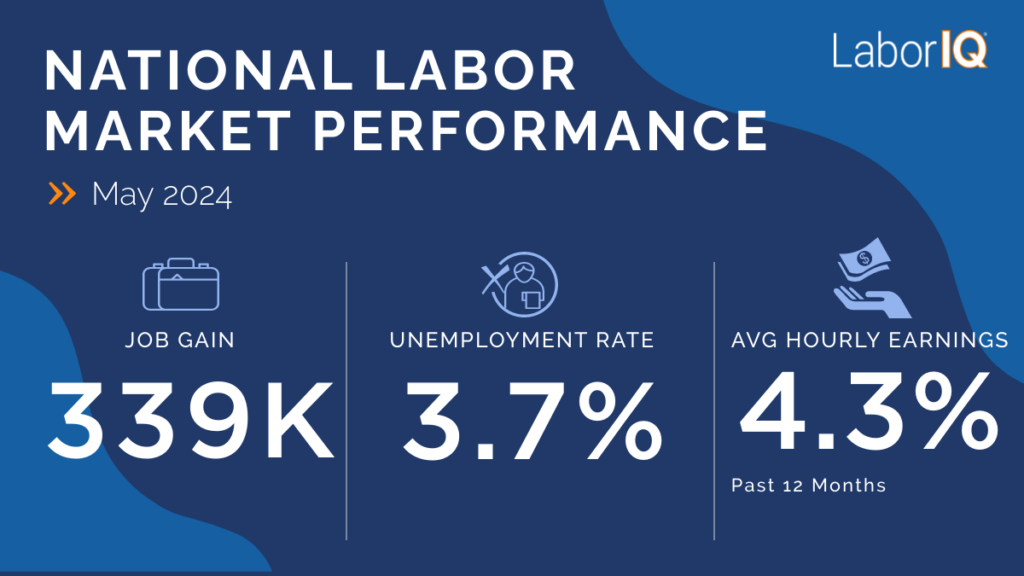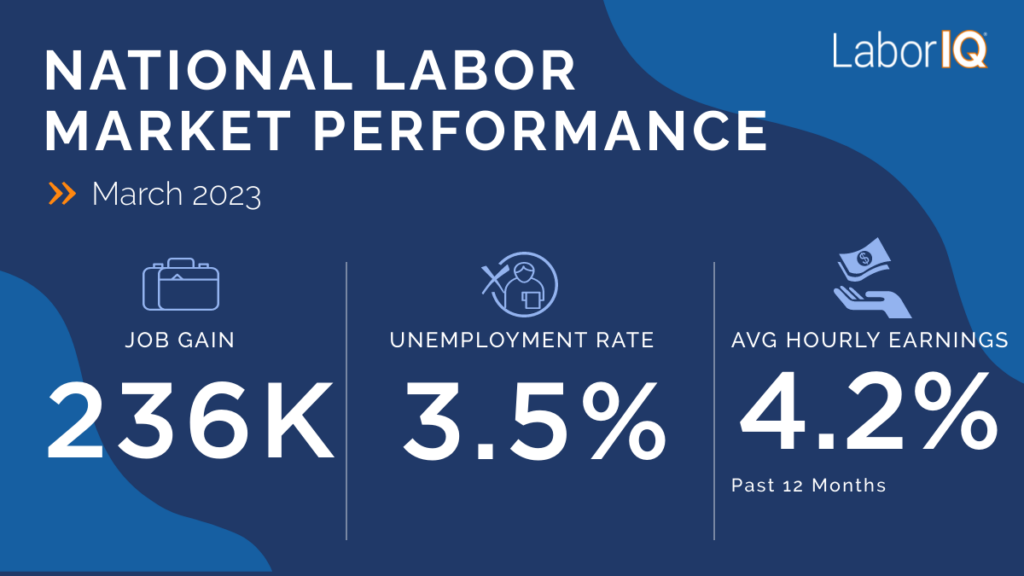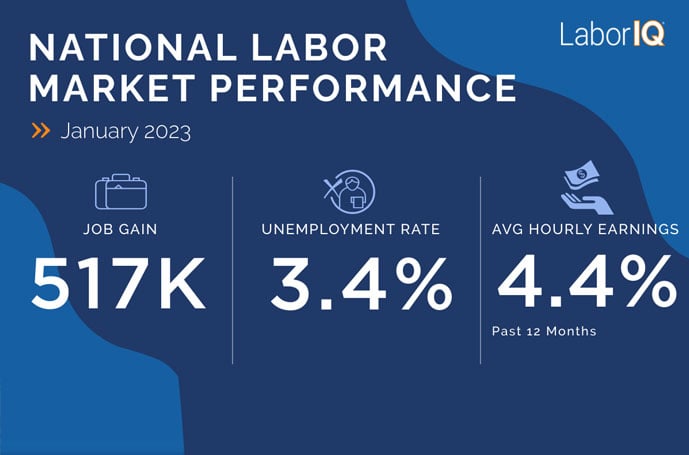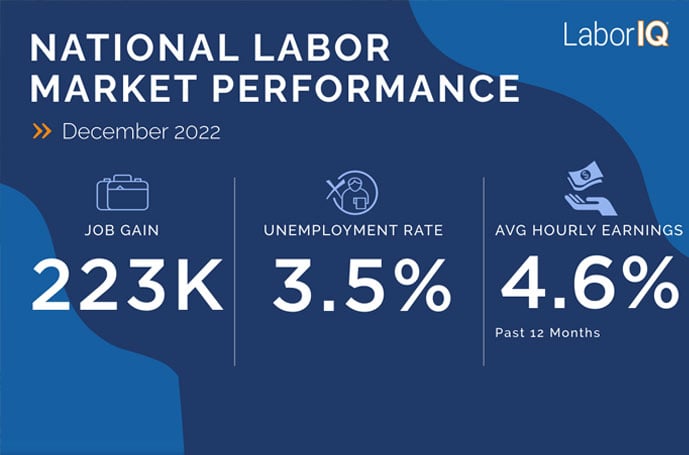The truth is, despite the pandemic being more or less quelled, we’re still feeling its economic ramifications. Countries worldwide are grappling with the crunch that’s resulted from the market’s global downturn over the last few years.
Consequently, interest rates have taken a real hike this year as banks struggle to pin down inflation. In fact, as of February this year, the US faces a federal funds rate of 5%, a metric that considerably influences interest rates but also, as we’ll discuss, consumer spending, which affects business.
With that said, here, we’ll look at the overall state of the country’s interest rates, how it will likely affect business, and what this will mean for future compensation strategies.
The Federal Fund Rate and Its Impact on Interest Rates
Put simply; it’s the interest rate commercial banks charge for borrowing/lending excess reserves overnight. The Federal Open Market Committee sets this rate.
When the federal funds rate is lowered, banks can borrow money more cheaply, making it more affordable for businesses and consumers to borrow money. This can encourage more spending and investment, thereby stimulating economic growth.
In contrast, when the federal funds rate is raised, banks need to charge more for loans and other forms of credit to maintain profitability. This can lead to higher interest rates for businesses and consumers, which can cool down the economy by reducing spend and investment.
This is why it’s so significant that the current federal funds rate is the highest since 2007 when we saw it at an excess of 5% during the global financial crisis. Since the end of 2022, we’ve seen the federal funds rate gradually incline month after month, culminating with a 0.25% rise in February 2023, which shows little sign of slowing. This triggers rising interest rates, which sat at 6% in February 2023 – 4 points up from the federal target of 2%. As a result, both businesses and consumers are feeling the pinch.
How Is the Market Coping With Current Interest Rates?
On top of the federal funds rate, interest rates are driven by various factors, including rising inflation, increased government spending, and stronger demand for credit. However, consumer spending is among the most significant factors influencing higher interest rates.
For instance, annually, the adjusted rate of consumer spending in December of 2022 was barely
0.1%. While we’ve seen an unexpected rise in January 2023 to 1.8%, the last three years have been volatile compared to pre-pandemic levels.
As we’ve already alluded to, when interest rates rise, consumers tend to spend less, which can lead to lower demand for products and services. For businesses, this can prompt cuts to accommodate decreased demand.
For example, this could include reducing employee compensation or benefits, cutting back on marketing and advertising budgets, or even laying off workers. From adversely affecting cash flow to profitability and the ability to invest, this, again, can lower overall economic growth.
Suffice it to say; it’s a vicious cycle. So, what can businesses do to cope during this time?
Adapting During Cycles of High Interest
While one response to high-interest rates and low consumer spending is to make cuts to reduce business expenses and maintain the bottom line, this isn’t always the best option in the long run.
Here’s why:
- Reduced compensation can negatively impact employee morale and productivity, leading to higher turnover and recruitment costs.
- A skeleton staff can also negatively impact customer service, product quality, and overall business performance, endangering your business’s reputation.
- Cutting back on marketing and advertising can decrease brand awareness and customer engagement, decreasing sales and revenue. Maintaining brand visibility and customer engagement is critical to success in today’s competitive marketplace.
So, instead of making across-the-board cuts, businesses should consider restructuring their compensation strategies to align with economic conditions. By doing so, companies can retain top talent, maintain employee morale, and foster a culture of performance and accountability.



